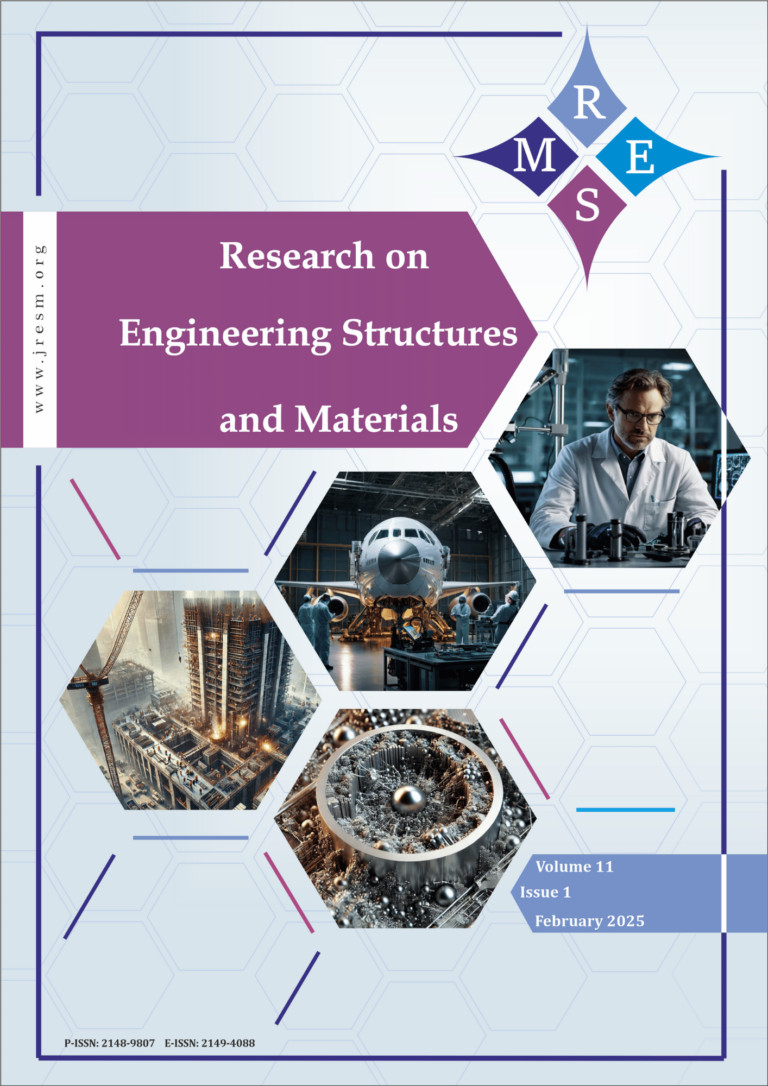Architecturally significant heritage buildings often struggle to meet modern energy efficiency standards. This study focuses enhancing the energy performance of the Polytechnic University of Tirana without compromising its historical integrity. Through detailed energy simulations using DesignBuilder software, the study evaluates the effectiveness of various double-glazing window configurations and internal shading systems. The results reveal that double-glazed units can lead to energy savings of up to 9.0%, particularly when using tinted, argon-filled glass. Shading devices, including fixed and automated internal louvres, provided additional savings between 4.3% and 7.8% by mitigating solar heat gain and improving thermal comfort. Also, the cost of each intervention is analyzed and savings per cost ratio ranging from €6,930 to €43,331 per 1% energy reduction is obtained. Notably, the economic analysis shows that simpler solutions, like air-filled double glazing and fixed louvres, offer a higher cost-efficiency. For the case study building, 16.53% energy savings may be obtained for a cost of €10,521 per 1% of reduction. The study’s findings offer an example for future sustainable conservation projects, balancing historical preservation with energy efficiency. The results underscore the importance of targeted retrofitting in safeguarding cultural heritage while contributing to broader sustainability goals.
